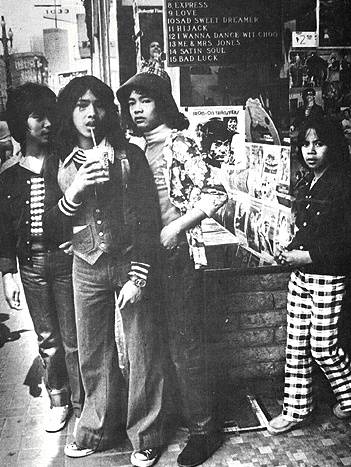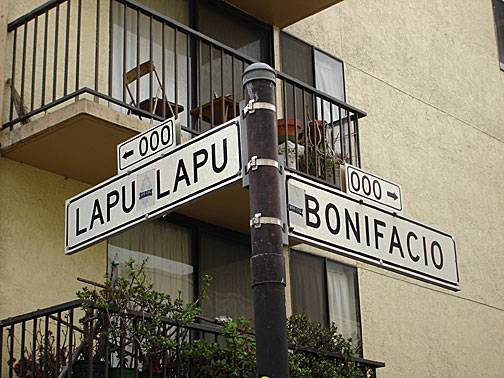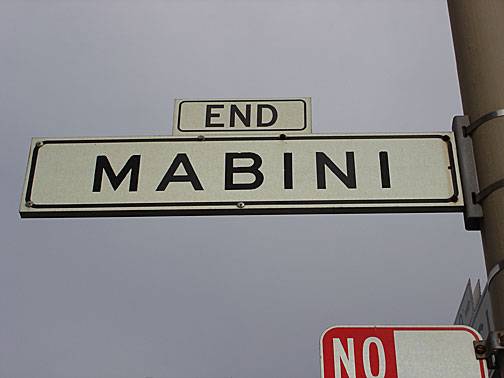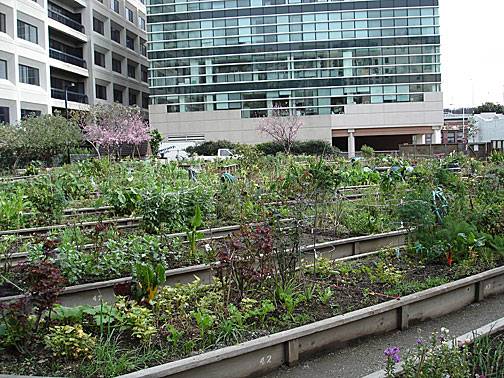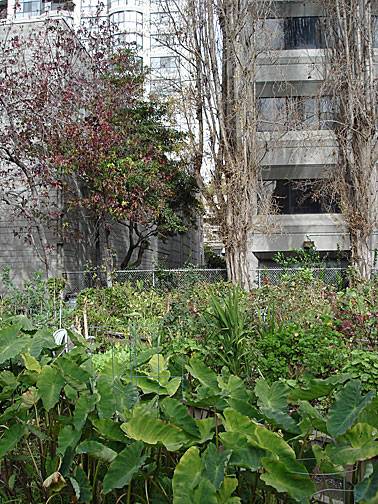SOMA Transformed: Difference between revisions
No edit summary |
(PC and protected) |
||
| Line 1: | Line 1: | ||
'''<font face = Papyrus> <font color = maroon> <font size = 4>Historical Essay</font></font> </font>''' | |||
''by James Sobredo'' | |||
[[Image:filipin1$filipino-youth.jpg]] | [[Image:filipin1$filipino-youth.jpg]] | ||
Revision as of 15:46, 2 January 2009
Historical Essay
by James Sobredo
Filipino youths in the SOMA, 1990s photo: Liwanag
After the passage of the 1965 Immigration Reform Act, many more Filipino immigrants continued to settle in the South of Market. As a result of this huge immigrant influx, St. Patrick's Catholic Church on Mission Street became predominantly Filipino, and so did Bessie Carmichael Elementary School. By the early-1970s, the Filipino population reached a critical mass and were able to convince San Francisco and the Federal government to fund programs that will serve the needs of newly arrived immigrants and elderly Filipinos. The Dimas Alang House, a retirement home for Filipinos and other San Franciscans, was built with HUD funding. The streets around the Dimas Alang were also named after Filipino heroes: street names such as Lapu-lapu, Bonifacio, Mabini, and Rizal. Indeed, the South of Market is the only area in San Francisco where the streets have Filipino names. To take care of the educational needs of newly arrived Filipino immigrants, the Filipino Educational Center was built and staffed by predominantly Filipino teachers.
Residents of Dimas Alang have a thriving community garden among the streets named after Filipino heroes.
Photos: Chris Carlsson, 2007
"These days most of the Filipino immigrants are not even from Manila," explains M.C. Canlas, founder and director of Teen Center, a federally funded program that serves young people. "They're mostly from the provinces, especially Pangasinan, where I'm from." Canlas, who left his teaching job in 1984 at the University of the Philippines during the Marcos martial-law era, is one of many Filipino service providers who help keep the South of Market community healthy. Instead of engaging in high risk activities -- for instance, drug abuse, gangs -- young Filipinos now fill their leisure time participating in basketball games and tournaments, arts projects, festivals, and other productive activities. Organizations such as West Bay Multi-Service Inc. help Filipinos find employment, housing and medical services. The leadership provided by women such as "Bullet X" Marasigan of West Bay and Juliet Valerio of the South of Market Health Center has helped in keeping the Filipino community healthy and intact -- no small task in the light of the general public's perception of SOMA as dangerous, drug-infested, and filled with homeless people. Jovito "Jovy" Angat, 24 years old and the activities coordinator at Teen Center, recalls how a group of "activist" students came to visit the Center: "People were scared when they came here. You can see it in their eyes, and we were like, what? You think we're going to mug you?"
-- James Sobredo

